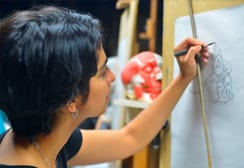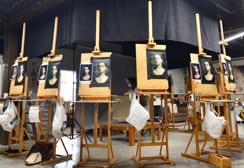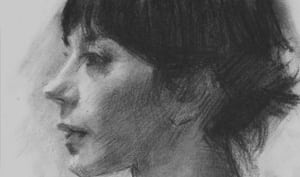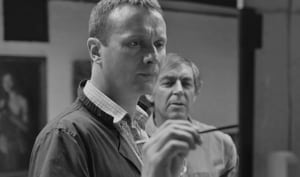Step 3: Shadows of the Facial Features – Portrait of Lisa
Shadows of the facial features. Now that the large areas of shadow are established, it’s time to refine the shadows within the eyes, nose, mouth, and ears. These subtle value shifts help define the structure of the face and bring a sense of realism.
- Group Shadows into Form Shadow and Cast Shadow
• Form Shadows: These occur where the surface of the face turns away from the light. They should be softer and more gradual in transition.
• Cast Shadows: These are created when one form blocks light from hitting another surface (e.g., the nose casting a shadow on the cheek). They are always darker and have sharper edges than form shadows. - Use High-Chroma Shadows to Balance the Face
• Introducing high-chroma (intense) colour in the shadows of features can help set the overall chroma balance of the painting.
• This is especially important in areas like the lips, under the nose, and around the eyes, where subtle warmth or coolness can influence the perceived colour in the lighter areas of the face. - Observing and Refining Edge Control
• Soft edges work well for form shadows, particularly around the eyes and lips, where transitions are more delicate.
• Sharper edges in cast shadows, such as the one under the nose or chin, help define the structure and create contrast.
• Stand back regularly to assess your shapes—using a mirror or flipping the image can help spot inconsistencies.
At this stage, focus on keeping the shadows unified and natural while maintaining the correct relationships between warm and cool tones.






